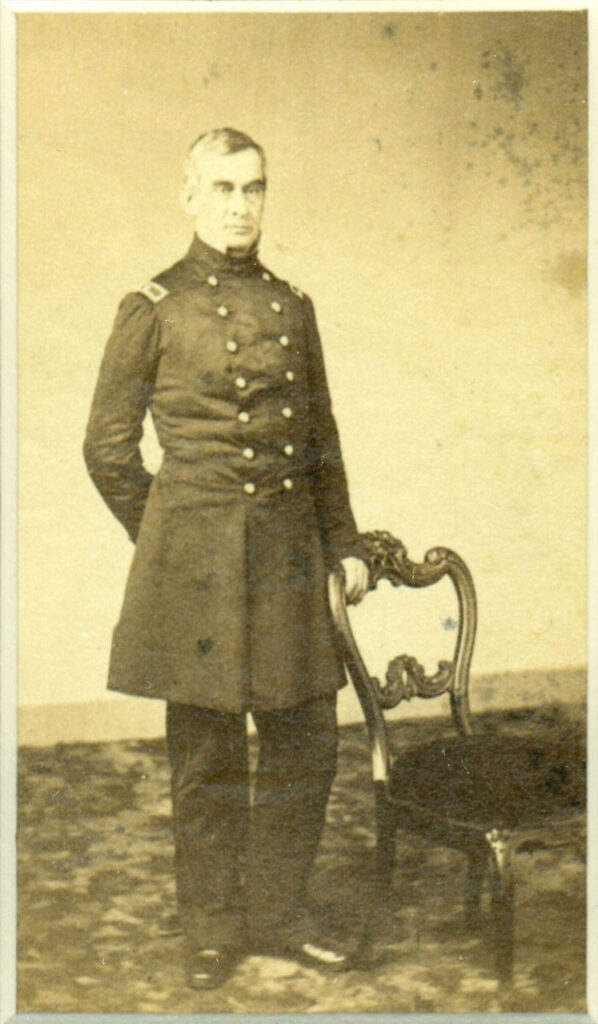Section #22 - The Southern States secede and the attack on Ft. Sumter signals the start of the Civil War
Chapter 258: Major Robert Anderson Assumes Command Over Charleston Harbor
November 20, 1860
Winfield Scott Tells Him To Concentrate At Ft. Sumter

As the threat of hostilities amplifies in South Carolina, the burden falls on Secretary of War John Floyd to avoid bloodshed, at least until Buchanan’s term expires.
But Floyd is hardly up to this task.
At 54 years old, his career has been in politics, reaching a pinnacle from 1849-52 as the Governor of Virginia, before being invited by Buchanan into the cabinet. He is an affable man, but lacks any military experience and is famous for his administrative sloppiness within the department.
On November 20, 1860, Floyd makes his first move, naming Major Robert Anderson to replace Colonel J. L. Gardner as commander in Charleston harbor over Castle Pinckney and forts Johnson, Moultrie and Sumter. Anderson is a Southerner who hails from Louisville, Kentucky, graduates from West Point in 1825, and begins his active career in the Blackhawk War of 1832, where one of his recruits is Abraham Lincoln.
He serves on General Winfield Scott’s staff in the Second Seminole War of 1833 and gradually earns his Captain’s bars by 1841. His next promotion, to Brevet Major, comes after he is severely wounded during the battle of Molino del Rey, during Scott’s assault on Mexico City in 1847.
Robert Anderson is 54 years old and serving as Major of Artillery in 1860. While also a slave owner and close friend of Jefferson Davis, he devotes his life to military service and stays out of politics. When Floyd summons him to Washington, he stops off on his way for advice from General Scott, now in his twentieth year as Commanding General of the U.S. Army and residing in New York City.
When Anderson visits, Scott tells him that Floyd is running the military while he is currently on the sidelines. Nevertheless, he is very familiar with the Charleston harbor sites, and predicts that the only sustainable fort will be Sumter. He encourages Anderson to concentrate there should the threats continue.
November 20, 1860
He Is Ordered To Defend The Forts Without Provoking A Conflict
Anderson moves on to meet with Floyd, who warns him of the “delicate situation” he will be facing, and orders him to “avoid confrontation” with South Carolina officials and the state militia.
He arrives at Ft. Moultrie on November 21, 1860, and relies on his artillery acumen to assess the situation. He sees that all four forts are designed to defend against incoming attacks from the sea, and that three of them – Moultrie, Johnson and Castle Pinckney – are likely to fall easily if attacked behind, from inland.
As Scott indicated, only Ft. Sumter appears sustainable to Anderson, although he also recognizes that he is woefully undermanned, with less than 100 U.S. troops available to him, including musicians. Clearly if fighting breaks out, he knows that concentrating in Sumter and receiving reinforcements and supplies will be required to survive.